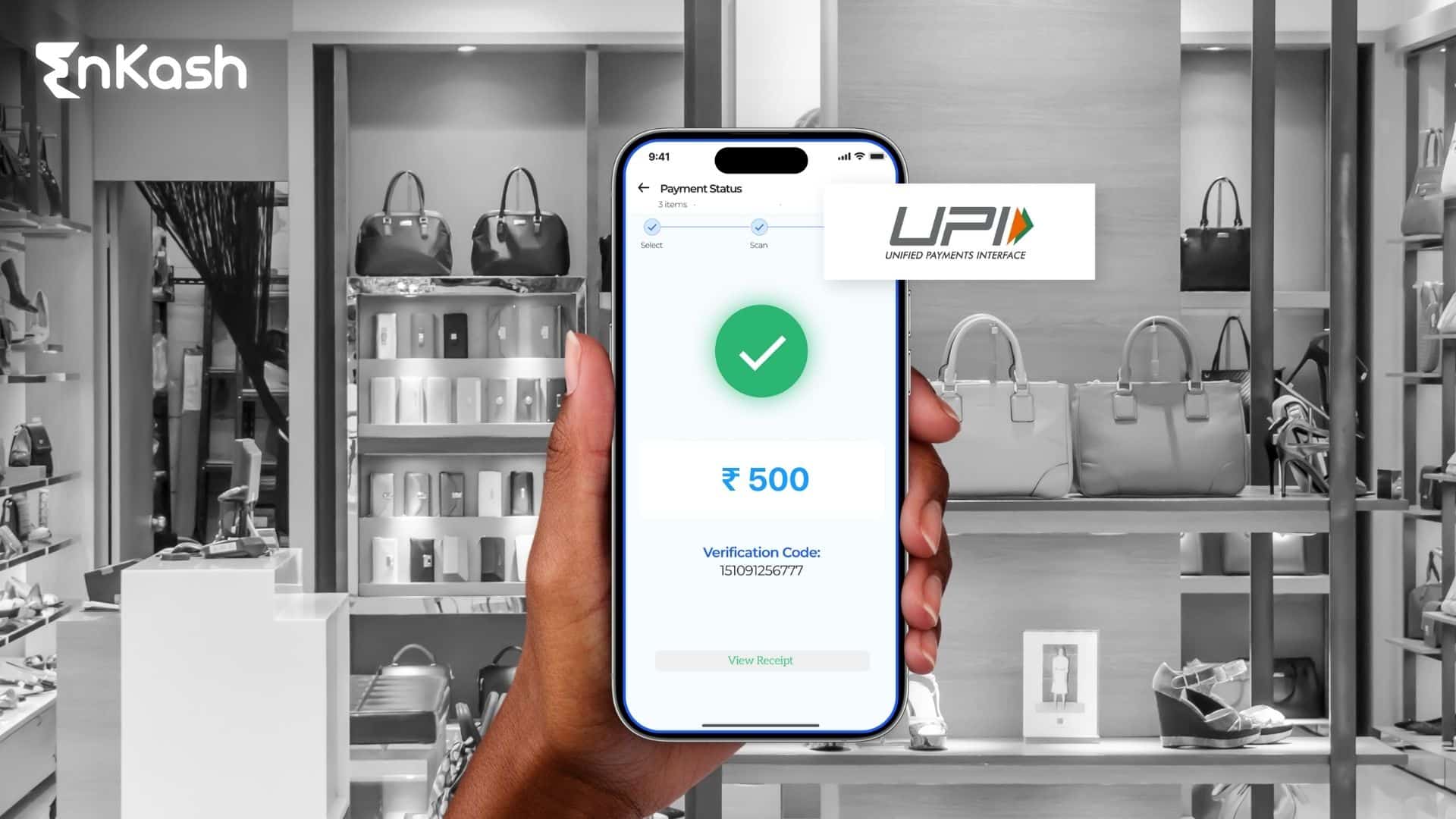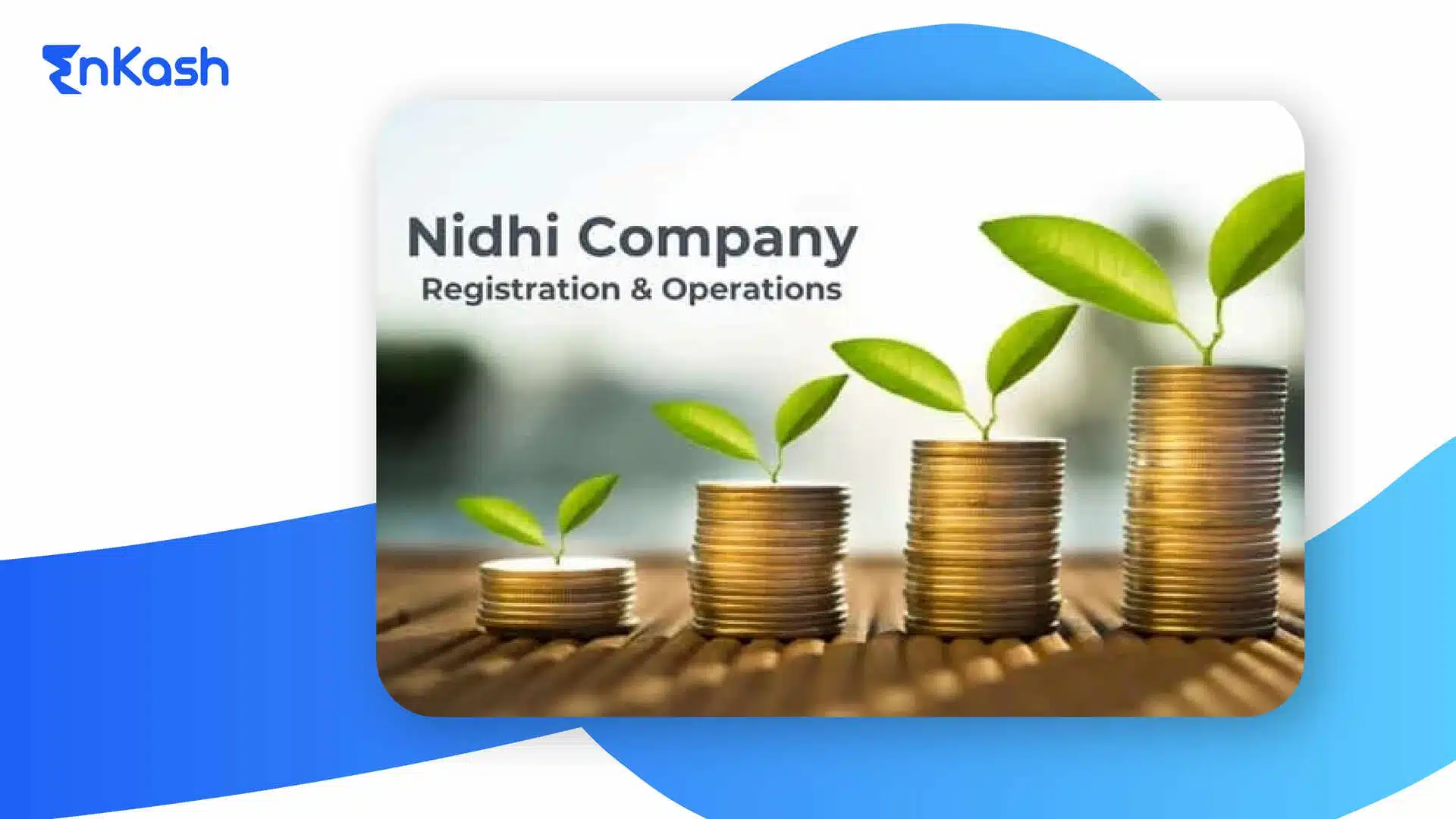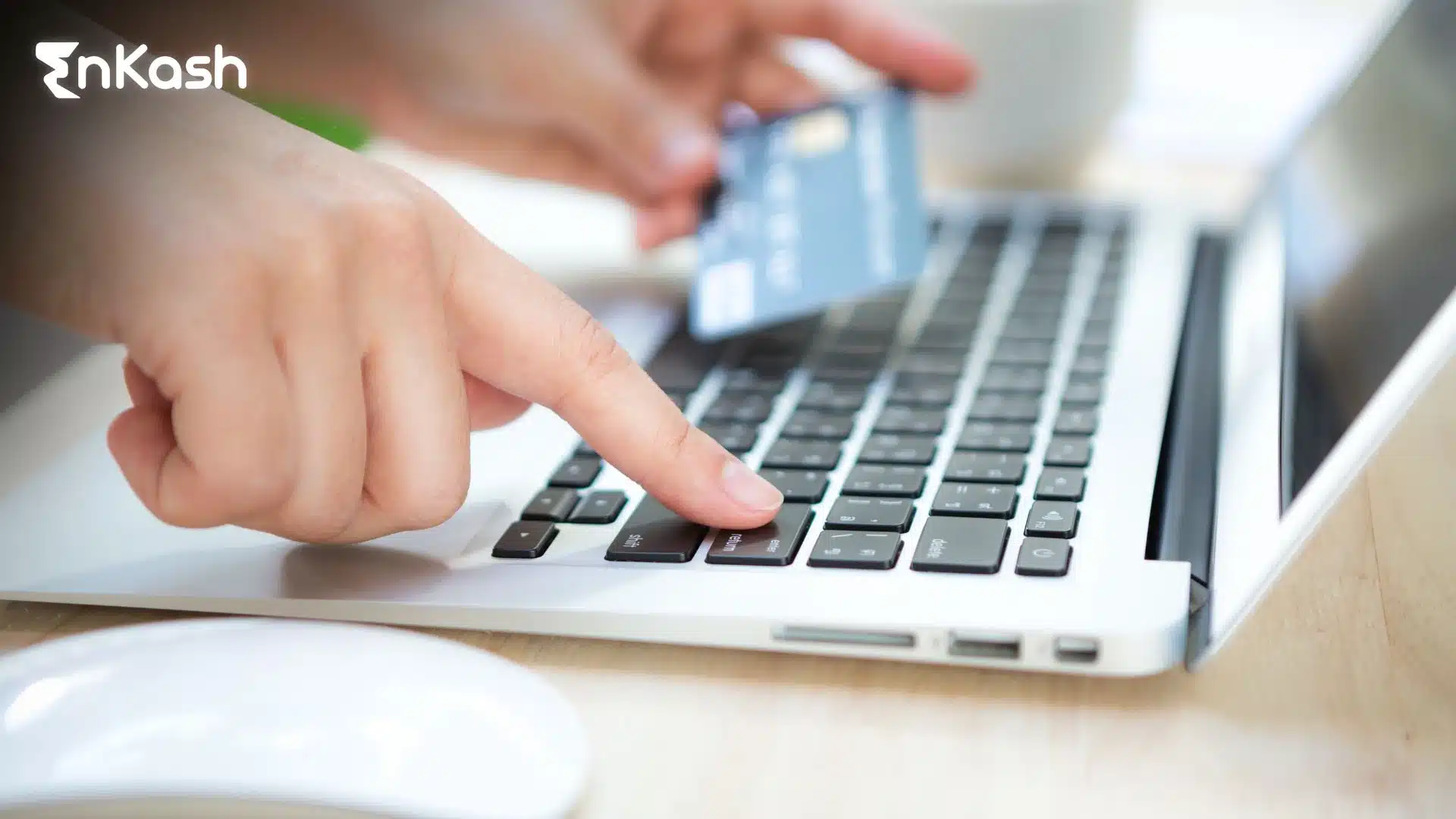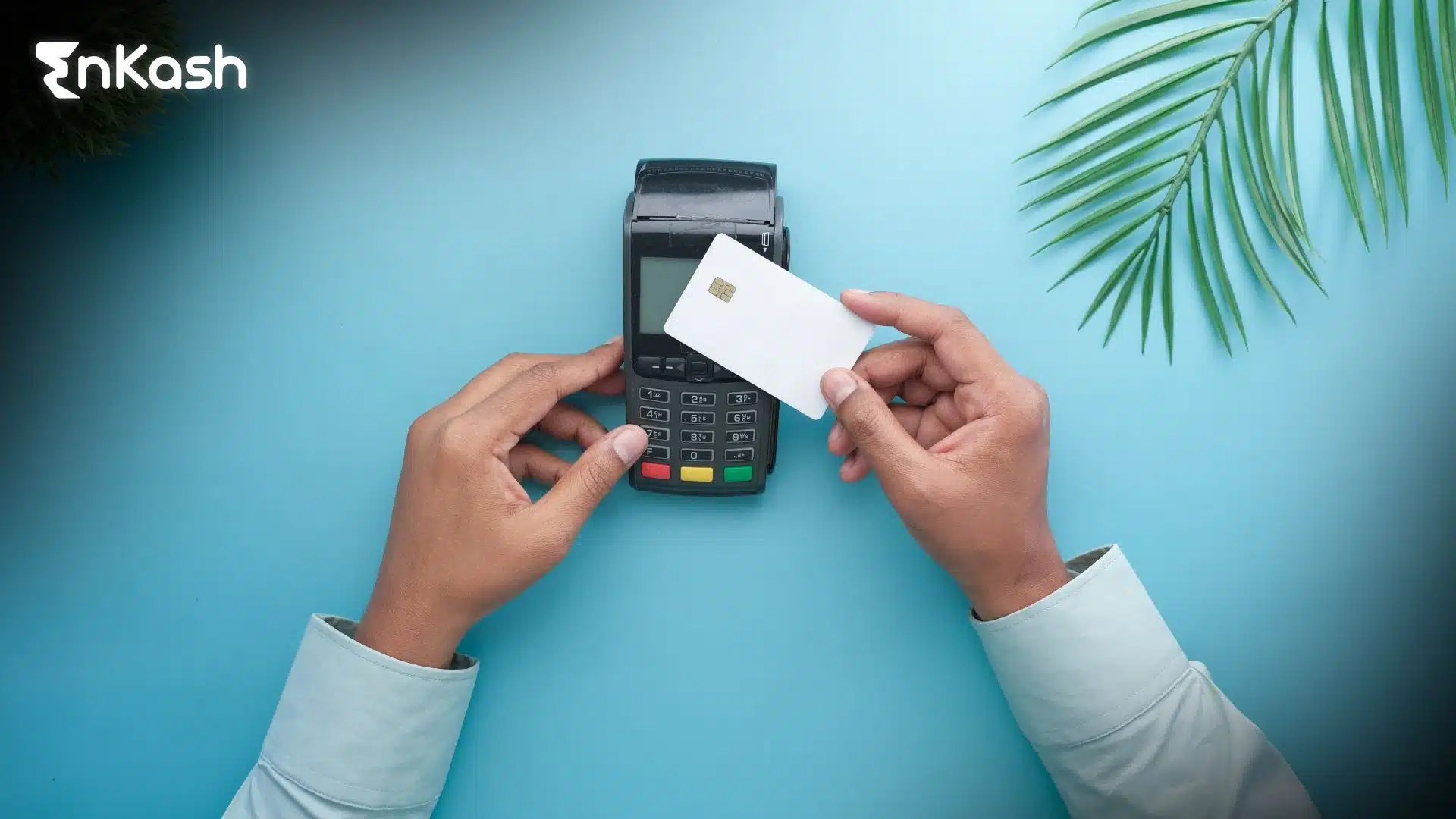Introduction: Why UPI Needed a Lightweight Upgrade
Over the past few years, UPI and UPI Lite has become the backbone of digital payments in India. It has simplified everything from paying utility bills to splitting restaurant bills with friends. But as the number of transactions increased, a new challenge emerged. A large share of UPI payments are low-value transactions, like paying for tea, snacks, or short-distance travel. These small payments, although minor in amount, created a significant load on banking systems.
To solve this, the National Payments Corporation of India (NPCI) introduced a new feature that focuses entirely on quick, low-ticket payments. This is where UPI Lite fits in. For anyone asking, “What is UPI Lite?” — it is a simplified version of UPI built for fast and easy micro-transactions. It is designed to process everyday payments without putting extra strain on the core banking infrastructure.
UPI Lite works without the need for a UPI PIN for each payment. It also stores a small balance on the phone itself, making payments faster and more reliable. This helps reduce transaction failures, speeds up processing, and delivers a smoother experience for the user.
As the digital economy grows, tools like UPI Lite are essential to support high volumes of small payments. The feature is also helpful in areas where internet connectivity is poor or inconsistent. In the next section, we will explain how to use UPI Lite and explore the rules around the UPI Lite limit, so users can understand how to make the most of it.
What is UPI Lite and How Does It Work in Practice
To understand how UPI Lite changes the way we pay, it helps to first answer a simple question: What is UPI Lite? It is a wallet-like feature added to your UPI app that allows you to make quick, low-value payments directly from your phone balance, without any need to interact with your bank in real time.
When you activate UPI Lite, a small amount is loaded from your bank account into a special section of the app. This money stays on the device, which means transactions can be completed instantly without relying on internet signals or bank servers at the moment of payment. It is ideal for daily expenses where speed and ease matter more than formal payment verification.
Another unique advantage is that UPI Lite does not require a UPI PIN every time you pay. Since the money is already stored in your phone’s app wallet, payments are quicker and feel as seamless as using physical cash. This design cuts down delays, helps in areas with poor network, and prevents transaction failures that happen during peak hours.
UPI Lite works with supported UPI apps such as Paytm, BHIM, and others. Users can add money to their Lite balance and pay merchants or individuals just like they do in regular UPI, but without the waiting time. The entire experience feels lighter and is designed for quick, low-stress payments.
We’ll now look at the UPI Lite limit, including how much you can load and spend in a day, so you know exactly how to manage your usage. After that, we’ll show you step-by-step how to use UPI Lite in your preferred app.
Read more: How to Make UPI Payment
UPI Lite Limit: How Much Can You Spend and Store?
Understanding the UPI Lite limit is important if you plan to use it regularly. The system is designed for small-value transactions, and these are the key rules you should know:
- Each transaction through UPI Lite is limited to ₹500. You cannot pay more than this in a single transfer.
- While the maximum balance is ₹5,000, users can spend up to ₹10,000 in a day by reloading the wallet as needed.
- You can load up to ₹2,000 into the UPI Lite balance at any given time. This amount sits inside the app and is not linked in real time to your bank account.
- The load limit contributes to your overall daily usage cap. If you spend ₹1,000 from your UPI Lite balance and top it up again, you have ₹1,000 left to use that day.
- Money added to UPI Lite is deducted from your linked bank account, but the transaction does not require UPI PIN entry.
- There is no need to load the full ₹2,000 at once. You can add smaller amounts multiple times as long as you stay within the daily cap.
- Any unused balance remains in your Lite wallet and can be carried forward to the next day.
- If you want to stop using the feature, you can disable it in the app. The remaining amount is automatically refunded to your bank account.
- These limits are fixed by the Reserve Bank of India and the National Payments Corporation of India. They may change in the future based on user demand or regulatory decisions.
Now that you know the UPI Lite limit, the next step is understanding how to use UPI Lite. We’ll break it down into simple steps to help you activate and start using the feature without confusion.
Read more: UPI ID Explained: A Comprehensive Guide to Unified Payments Interface IDs
How to Use UPI Lite: Step-by-Step Guide
If you are getting started with this feature, the process is simple and takes only a few minutes. Here is a step-by-step breakdown to help you get started:
- Open your UPI app that supports UPI Lite. This could be BHIM, Paytm, or any other participating app.
- Go to the UPI settings section inside the app menu.
- Look for the option to enable UPI Lite and select your linked bank account to activate it.
- You will be asked to add money to your Lite balance. You can select an amount within the UPI Lite limit, typically up to ₹2,000.
- Once the amount is added, it is stored in your Lite wallet. This balance sits on your phone and is ready for use.
- To make a payment, scan the QR code or enter the mobile number of the receiver.
- Choose UPI Lite as your payment option before confirming.
- No PIN is needed for transactions. Just tap to pay, and the amount is instantly deducted from your Lite balance.
- You can check your transaction history within the app to track your payments. These records are stored locally and will not appear in your regular bank passbook.
- If needed, you can top up your Lite wallet again using your bank account, staying within the allowed daily usage limits.
- To disable UPI Lite, visit the same settings section in your app. Once turned off, the remaining amount is returned to your bank account automatically.
Read more: UPI Transaction Limit
Why UPI Lite Is a Game-Changer for Everyday Payments
UPI Lite was built for speed, ease, and scale. It brings real benefits to users, merchants, and banks alike. Here is how this feature is making digital payments more efficient and accessible:
- Users can make payments without entering a UPI PIN each time, which reduces the number of steps and saves time.
- Small payments for tea stalls, bus tickets, and grocery bills can now be completed instantly, with fewer chances of delays or errors.
- Since the balance is stored on the device, payments can go through even if the internet connection is weak or unavailable.
- The chances of failed transactions are much lower because the payment does not depend on your bank’s real-time response.
- Your transaction history remains within the app, keeping your main bank statement free from clutter.
- Merchants benefit from faster checkouts, especially during busy hours, which helps improve customer satisfaction.
- For banks, offloading high volumes of low-value payments reduces pressure on their systems and improves overall performance.
- Areas with poor internet coverage now have a better chance of participating in digital payments through offline features like UPI Lite X.
- The feature supports financial inclusion by making it easier for users with basic smartphones and limited data to adopt digital transactions.
By keeping transactions fast, simple, and reliable, UPI Lite makes everyday digital payments feel as seamless as handing over cash. Up next, we will discuss the safety measures in place to protect users and ensure compliance with regulatory standards.
UPI Lite Security: What Keeps Your Payments Safe
When using any digital payment method, safety is a top concern. UPI Lite is designed with multiple layers of protection to ensure both the user’s money and data remain secure. Here’s how the system maintains safety and follows all regulatory norms:
- UPI Lite works through authorised banking partners and follows strict guidelines set by the Reserve Bank of India and the National Payments Corporation of India.
- The wallet is device-bound, which means it can only be used on the phone where it was activated. This limits the risk of unauthorised access.
- Even though the payments are fast and do not require a PIN, the initial setup still needs proper verification from the user’s bank-linked UPI account.
- If your phone is lost or stolen, access to the Lite balance remains protected through the phone’s screen lock and app-level security.
- All funds in UPI Lite are linked to your verified bank account, which allows you to receive the remaining balance back when the feature is turned off.
- UPI Lite does not share any personal bank details during transactions, reducing the chance of data exposure.
- Offline payments through UPI Lite X are subject to additional rules, such as transaction limits and wallet restrictions, to prevent misuse.
- Apps that offer UPI Lite are required to follow the latest encryption standards and regularly update their systems for added protection.
- As the system evolves, more security enhancements are expected to be introduced to make sure users can continue to pay with full confidence.
Security plays a key role in adoption. Now that we’ve covered the safety side, let’s compare UPI Lite with traditional UPI and see where each one fits best.
Read more: What is MPIN
UPI Lite vs Traditional UPI: Which One Should You Use?
Both UPI Lite and traditional UPI serve different purposes. Choosing between them depends on the type of transaction you are making. Here is a simple comparison to help you decide:
- UPI Lite is designed for small payments up to the UPI Lite limit, which is currently ₹1000 per transaction. Traditional UPI supports higher-value transfers depending on your bank’s limits.
- UPI Lite does not require a UPI PIN during payment. Traditional UPI always needs you to enter the PIN before completing any transaction.
- Since UPI Lite stores a small balance on your phone, payments are processed instantly, even with slow or no internet. Traditional UPI needs a live connection and real-time response from the bank server.
- UPI Lite transactions are recorded within the app but do not show up in your main bank statement. Traditional UPI logs every payment directly into your bank records.
- UPI Lite is better for quick daily expenses like snacks, auto-rickshaw fares, or local shopping. Traditional UPI works best for utility bills, online shopping, or sending money to family and friends.
- You can use both options from the same app, depending on what kind of payment you want to make.
- UPI Lite helps avoid transaction failures during peak hours by reducing the dependence on core banking systems.
- For people in areas with poor network coverage, UPI Lite offers a practical way to complete small payments without interruptions.
What to Keep in Mind: Challenges and Limitations of UPI Lite
UPI Lite makes everyday payments easier, but it also comes with certain limitations. Before making it a part of your routine, here are some important points to consider:
- The UPI Lite limit restricts single transactions to ₹1000 and the daily usage to ₹5,000. This makes it useful only for small payments, not for paying bills or sending larger amounts.
- UPI Lite works only with selected banks and apps. If your bank has not enabled support, you will not be able to activate or use the feature.
- The balance is stored on your mobile device, which means losing access to your phone may require extra steps to recover the unused funds.
- Unlike traditional UPI, transactions made through UPI Lite do not send SMS alerts or email confirmations. You need to check the app for any updates.
- Not all merchants or QR codes support UPI Lite yet. In such cases, you may need to switch back to the regular UPI method.
- Since the money sits in your app wallet, you need to keep topping it up once the balance runs low. This requires some manual effort.
- The feature is still new, so many users are unaware of how to activate it or use it correctly. This can lead to confusion, especially among those who are not very familiar with digital payments.
- Some users may find it harder to track expenses since transactions remain within the app and don’t appear in the bank passbook.
What’s Next for UPI Lite: Looking Ahead
The journey of UPI Lite is just beginning. As digital transactions continue to grow across India, the need for lightweight, fast, and reliable payment options will only increase. UPI Lite is expected to expand across more banks, apps, and regions, making it more accessible to users in semi-urban and rural areas.
Features like UPI Lite X, which enables offline payments using technologies like NFC, will likely become more common, allowing users to make purchases without needing an internet connection. This can be especially useful in places where mobile data is unstable or unavailable.
Over time, we may also see updates to the UPI Lite limit, allowing users to make slightly higher-value payments while still maintaining the simplicity and speed that define this system. More partnerships with local merchants, transport providers, and public service vendors could help integrate UPI Lite into everyday routines.
Final Thoughts: Why it Deserves Attention
UPI Lite solves a problem that most users experience every day. Small transactions often face delays, failed attempts, or require unnecessary steps. This feature removes that friction and delivers a smoother way to pay for daily needs.
The structure is lean, fast, and clear. Payments under the UPI Lite limit go through instantly, without asking for a PIN or depending on real-time bank servers. The process is built to reduce system load, cut wait time, and simplify low-value digital payments.
Users who rely on digital payments for tea stalls, public transport, or daily purchases now have a better tool. Setting it up takes minutes, and learning how to use UPI Lite is even easier. The feature supports consistent access, even in areas where data signals drop or phone performance is limited.
Banking systems benefit too. Offloading high-frequency, low-risk transactions helps maintain overall system efficiency. For users, this brings speed and certainty to the most frequent interactions with money.
Adoption will grow as awareness spreads. This change reflects a shift in how payment experiences are designed — simpler, faster, and more reliable, without asking people to adapt to something complex.
This is the kind of progress that moves quietly but reaches everyone. UPI Lite brings digital ease into the smallest moments of spending, and that alone makes it worth using.
FAQs
- Can UPI Lite be used for recurring payments or subscriptions?
No, UPI Lite is built for single, low-value payments only. It does not support recurring payments or auto-debit setups. If you need automatic deductions, traditional UPI or UPI AutoPay would be more suitable than UPI Lite. - Does UPI Lite work on feature phones or only smartphones?
UPI Lite currently requires a smartphone with an active UPI-enabled app. It is not available on feature phones. To use UPI Lite, users must install a supported app and link it to a bank account that supports the service. - Can you transfer money from UPI Lite back to your bank manually?
No manual transfer is required. When UPI Lite is deactivated, any unused balance is automatically refunded to the linked bank account. There is no separate withdrawal process, and the refund happens without any additional steps. - How is UPI Lite different from using a prepaid wallet?
UPI Lite stores funds on your device but pulls the balance directly from your bank account during setup. Unlike prepaid wallets, there is no separate KYC, and the process remains integrated within the UPI ecosystem. This makes UPI Lite simpler and more secure. - Is there a fee for using UPI Lite or topping up the balance?
There are no extra charges for using UPI Lite. Adding funds to the Lite balance is free, as it is processed through your regular UPI-linked bank account. It follows the same no-fee model as traditional UPI.








